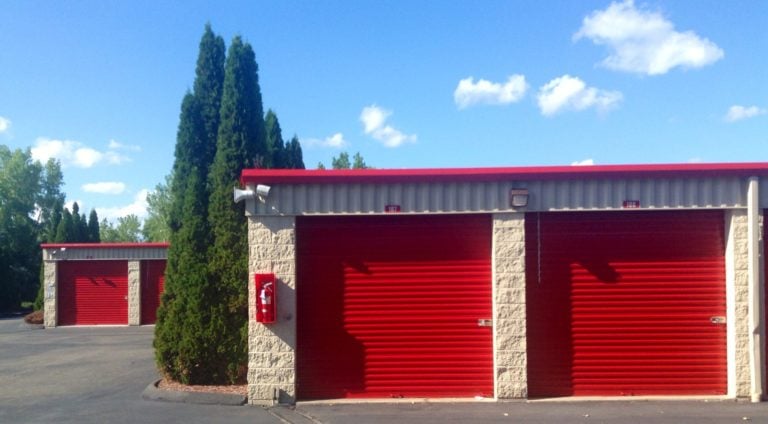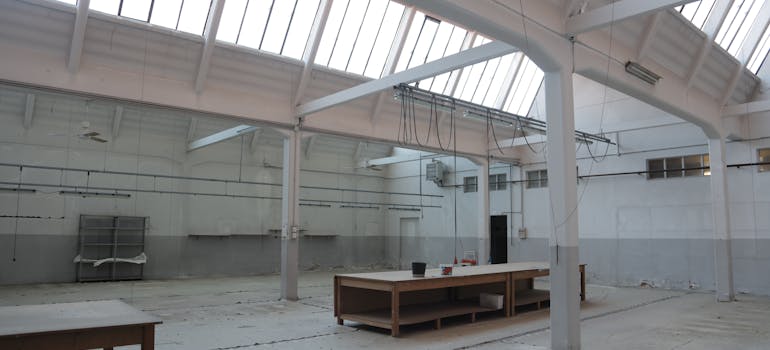
|
Anyone who clings to that proposition today must be living in a cave somewhere in the Ozarks. Things are different this time around. We all understand the problems that have arisen in our industry since the Great Recession threatened our economy, as well as manifesting itself globally. What happened in the United States impacted the rest of the world with very few exceptions. We are seeing a ripple effect of interdependence among nations that we hadn’t seen in the past. Why it’s tough to get financing. Domestically, the results have been serious in almost every sector of the economy, but it affected our business primarily when financial institutions got into trouble. Too many bad residential loans caught up with many banks, and even some commercial loans were affected. There is no question that in the last decade some self-storage loans shouldn’t have been made. The residue of those questionable loans has been low occupancies over an extended period of time. When owners don’t do their homework and banks get too lax, the door is open for Murphy’s Law to prevail, i.e., if anything can possibly go wrong, it usually will. As a consequence, the banks’ problems have become our problems because of revised lending policies. In order for an owner to get into self-storage, available credit is a necessity unless, of course, the owner is independently wealthy. Lenders today have cut back on new construction lending and are requiring borrowers to provide greater equity up front and to be better prepared in order to qualify. And they are also interested in competitors who may come into the borrowers’ market in the future. Then too, lenders are facing stiffer regulations themselves that require that they raise more capital and rebuild their balance sheets.
Financing options to consider. One possible financing option is to investigate the possibility of pulling equity out of your existing facility. You may be surprised how much you have already accumulated and how easy it is to get access to it. Check with your accountant. Another possibility is to find a local bank that is familiar with your market and wasn’t hurt by subprime mortgage lending. There are also manufacturers who have connections with lenders and lender programs that should be explored. Where do we go from here? Rather then sit on the sidelines until credit loosens, self-storage owners do have viable alternatives to consider that can increase the value of their facilities and stabilize occupancies. Refurbishing – Now is a good time to think about refurbishing or renovating existing buildings and environs, particularly if your facility is underperforming. Since over 60% of self-storage decisions are made by women, if your buildings’ paint has become dull or faded and your landscaping isn’t up to par, your tenants will take notice. Even though they may not come around that often, they want their valuables stored in an attractive and inviting setting. And new prospects who visit could very well be turned off if the facility’s physical appearance isn’t what it should be. Another advantage of refurbishing is that the expense is much less than the cost of a new building. Finally, refurbishing may increase rental rates and occupancies, reduce maintenance, and the cost may mean a tax write-off. Conversions – Since new construction is more challenging in today’s economy, owners are looking to conversions as an alternative. Generally speaking, it is less expensive to convert a building to self-storage than build a new one. That’s because many of the structual necessities are already in place, such as HVAC systems, lighting, sprinkler/fire systems, etc.
From a self-storage perspective, most converted buildings have two major advantages:
However, since the building was constructed originally for another use, one must be concerned with the following:
All in all, conversions offer the owner the opportunity to save time and money and, at the same time, convert a structure designed to house another business into a successful storage facility. Single-source manufacturer — Critical to the owner in a weak economy is the single-source manufacturer. They must be capable of not only handling refurbishing and conversions projects, but also be able to produce and provide every product and service needed to complete the job. Then, too, there are certain economies that can be realized by working with one source, rather than several different suppliers. The more people the owner has to deal with, the more expensive and time-consumming the process can become. Consider this: if the owner can get all necessary components from one manufacturer, plus a professional and certified crew to construct and install everything, it is going to be a lot less strain to complete the job. And, if anything goes wrong, the owner has to turn to only one source for answers. The current economic situation will eventually get back to normal. It always does. But in the meantime, owners and investors need to do what they can to move ahead and continue to keep their self-storage businesses profitable — even in tough times. Terry Campbell is Vice President of Sales & Marketing for BETCO, the leading single-source manufacturer of metal self-storage buildings. tcampbell@betcoinc.com |















